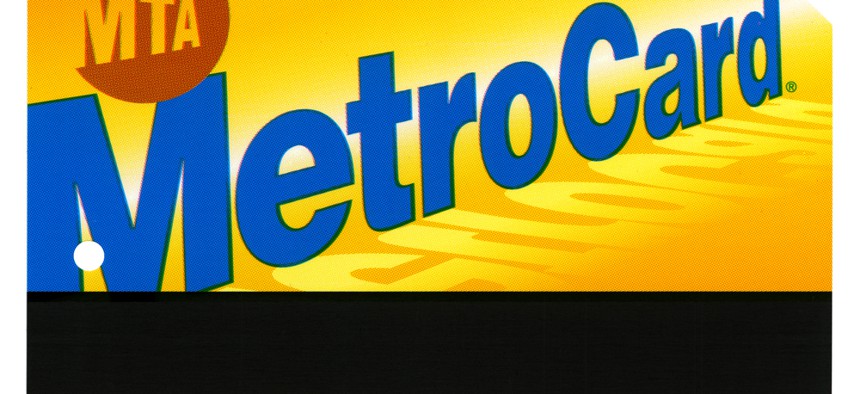The Slow, Agonizing Death of the MetroCard in New York City

Eldad Carin / Shutterstock.com

Connecting state and local government leaders
The long-heralded swipe-free subway payment system may not arrive until 2022.
Some day in the not-too-distant future, riding the subway in New York City will require the simple tap of a smartphone or flick of a smartwatch against the turnstile. But when, exactly, the not-too-distant future will finally arrive remains something of a question mark.
The city's bright yellow MetroCards, which subway riders swipe through card readers to pay for public transit, aren't being retired as quickly as the Metropolitan Transit Agency planned. Years ago, transit planners expected to introduce a new fare system by 2012. Then it was 2016. Then 2020. Now MetroCards are set to be phased out in 2022. From amNewYork:
'There's one example of where stepping a little bit too far and a little bit too aggressively on the technology front presented a problem,' MTA chief Tom Prendergast said at a board meeting, adding that 'you want to get it right the first time.'
Part of the challenge for transit planners is anticipating technologies and behaviors that will be widely adopted outside of the business of commuting. Rather than building a new fare system around tappable cards distributed by the MTA—the way London's Oyster cards work, for instance—the MTA has long said it wants to give transit riders the ability to use technology they already have. The MTA originally planned to replace MetroCards with chip-embedded bank cards, The New York Times reported last year, but such cards weren't adopted at the scale the agency expected.
New fare systems have always been contentious. When MetroCards were introduced in 1993, widespread adoption of the system took years. In 1996, only 8 percent of regular commuters used the cards, according to The New York Times that year. But by 2003, the year subway tokens were retired, usage had flipped. Most people were using MetroCards and only 9 percent of them still relied on tokens.
Even tokens—now often beloved by those who remember them—were a sore subject for New Yorkers in their nascence. First introduced in 1953, tokens jangled in New Yorkers' pockets for about half a century. Those prone to nostalgia might find something romantic about the idea of a subway token: simple currency designed to be spent on only one thing. But that concept was quaint even in the era when the token was new. A New York Times columnist in 1953 imagined the new coin as a currency for barter among city residents—a token might get you a cup of coffee here, or a load of wash at a laundromat there—not just a way to get around. "If and when New York finally gets its subway tokens," the Times wrote, "there may occur one of those seemingly trifling but actually broad and deep-seated changes in our everyday life."
It seems the city is poised again for such a shift, whenever it finally comes. The difference today is that the broad and deep-seated change is something that has to happen before the fare system can practically change. Where the transit agency could once change a city's transportation habits with the minting of a new coin, it now has to wait for wide-scale distribution of technology in another industry—one over which, as a transit consultant told the Times last year, the MTA has "limited influence."
(Image by Eldad Carin / Shutterstock.com)
NEXT STORY: See What Your City Will Be Like in 15 Years




